Joseph Eckersley
WW1 History of Joseph Eckersley Haulage Business “Our Willie”
William Eckersley when in Bolton signed up for the Nolfolk regiment on the 24 July 1915. It is thought he was trying to get as far away as he could from his eldest brother John’s wife Sarah who was his gaudian and had built some reputation as a woman not to be messed with. By 24 July he was in Norwich, he certainly was not hanging around to say his goodbyes! It must have been a very sad moment for Joseph Eckersley his youngest brother and William was his closest brother. He learned to cart from him and he was certainly Joe’s best friend. William was a carter by trade and had severly damaged his left arm in a rope accident probably loading his cart. His arm was left with severe rope burn scars. He was like all the Eckersley Brother’s quite short and stocky, 5 feet 6 inches. He spent the summer of 1915 in Norwich and hopefulky for his sake it was a sunny one and full of fun, as it would be his last! On the 12 November in 1915 William sailed from Felixstowe to India and then on to Basrah in the then named region of Mesopotamia (now Iraq). He went to get his war photo taken at a photographers in Felixstowe before he sailed. He knew the chances of coming home were low. The Norfolks had already lost many troops in Mesopotamia and he was called on as a reinforcement new recruit. It is believed he only posted one photo home, the one sent was to his little brother Joe, the photo is pictured here.
He arrived in Basrah late in January 1916 and went straight into battle to try to free Townsend’s 6th Army troops. The depleted 6th Army of some 9000 troops mainly Indian and some 1500 British Troops were trapped by the Ottomans in the city walls of Kut Al-Amara on the River Tigris. They had to retreat to this safe housing after losing the Battle Cestiphon. Cestiphon was a small place outside Baghdad and William and his fellow troops came to call the battle The Battle of Pistapon. Townsend’s men were starving and rescue was beyond urgently needed. The British Government had ignored Townsend’s cry for help since December 2015 and when the Ottoman’s sank the last supply ship coming up the Tigris in February 2016, all was looking lost! William and the new recruits were joined by a new combo regiment called the Norsets made up of injured soldiers from the Norfolk and Dorset regiments, so desperate was the situation.
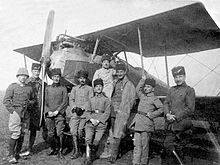
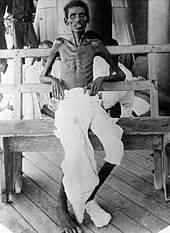
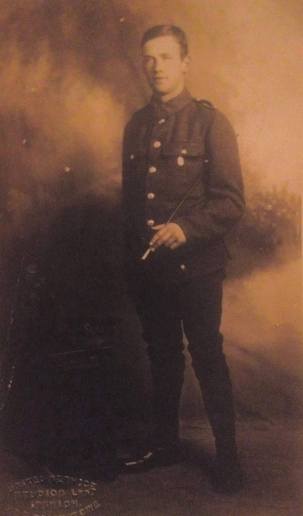
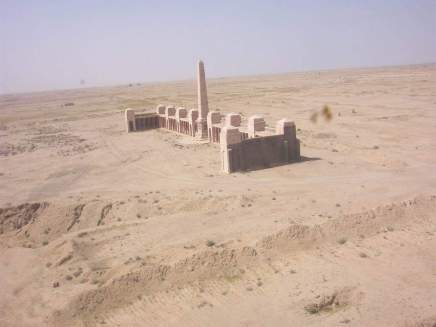
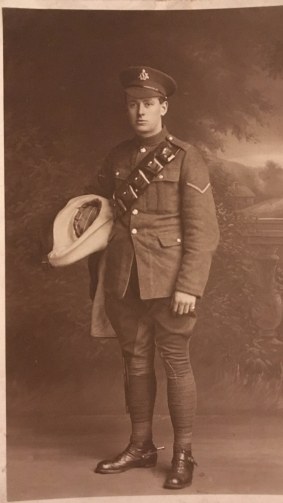
The new recruits fought fearlessly most nights in temperatures in excess of 35C for 2 months. They had to walk up the banks of the river Tigris knee deep in mud and with visibility of less than 2 feet, as was the density of river flies and mosquitos. They had to walk at least 5 miles up the river banks to get close to the enemy the Ottoman (Turkish) Army who had dug in outside the walls of Kut Al-Amara. According to the diaries of Edwin Evans Jones an army medic, it was worse than one could imagine, the troops had hardly any food consisting of half a biscuit and a small flask of water to get up and down the river. The troops would have to duck flying shells and watch out for dropped bombs above from the new Ottoman Airforce with German supplied planes pictured here in Gallipoli in 1915. Their aircraft strikes were key to the Ottoman resolve. Most of the new recruit troops returning dived in to their tents in shaking fear covered in mud and hands over their ears as they returned night after night. There were no signs of new supplies and the new recruits were feeling helpless, morale was very low and if the bombs did not get you, cholera would! The lack of fresh water meant troops were risking drinking dirty water from the Tigris which had been deliberately polluted with sewage from the Ottoman’s up the river.
On the 29th April General Townsend flew the white flag over Kut Al-Amara. They had run out of time. The new recruits were devastated and this was the lowest point in the history of the British Army. Even lower than the losses at Gallipoli. News did not get back quickly to the British Government. The Ottomans sent Townsend’s trapped troops 9000+ of them on what became known as The Death March, a 200 miles hike across the desert in temperatures approaching 40+C in May 1916. The Indian Troops (one pictured) had been starving for at least 4 months! British Troops were scandalously in better shape, but not much better. Meanwhile, The Ottoman Army moved south and according to Jones’s diary on the 16th and 17th May 1916 trouble started and fighting broke out and it is then that according Joe, William was killed instantly by a bombshell decapitating him. He was at peace at last.
On the Death March only 6000 arrived at the camp and 3000 soldiers bodies lie in the sand today never to be found. In fact in total 49000+ troops are lying in the sand William is one of them in Mesopotamia now Iraq never to be found. A war memorial bearing all their names was erected near the Docks in Basrah, but in the first Gulf War, Saddam Hussein demanded it be moved and rebuilt in the middle of the desert (pictured), almost impossible to reach by anyone. In the middle of this monument carved out of stone proudly is written the name Private William Eckersley.
John & Sarah received the devastating news of William’s death in a Telegram on the 2 June 1916 and I am sure even Sarah was heartbroken. We expect younger brother Joseph would be in France at the time pictured. Years later Joseph proudly displayed a painting of William over the fireplace at The Eckersley’s Farm in Church Wharf (pictured from the top of St Peter’s Church). The Eckersley family at large has never been aware of another image of William. But in 2015 after sorting of Joseph Eckersleys old business papers, out dropped a small white envelope. In it, the picture seen here sent to Joe as William was about to sail.
Joseph Eckersley after the war established his haulage business Joseph Eckersley, Eckersleys Removals today is run by Joseph’s Granddaughter Hilary Elding.
On the back of William’s photo written by Margaret Eckersley Joe’s wife was “Uncle Willie died Gallipoli”. So sad it was that even Joe and Margaret did not know what happened to the man Joe loved most in the world and came to name him “Our Willie”.
Lest we Forget!
More related kindly from, John Mark Counsell
In memory of Ernest Eckersley from Bolton, wife of Liza re Ingham, Father of Alice, Catherine (later Fitton) and Elizabeth (later Kenyon).
Believed to have died of Cholera after sustaining war wounds in WW1 The 2nd Battle of Baghdad 1917. Buried Gates of Baghdad.
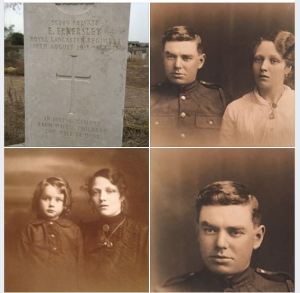
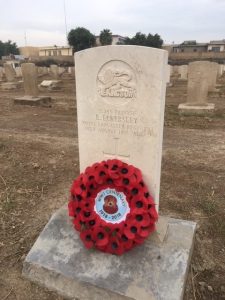

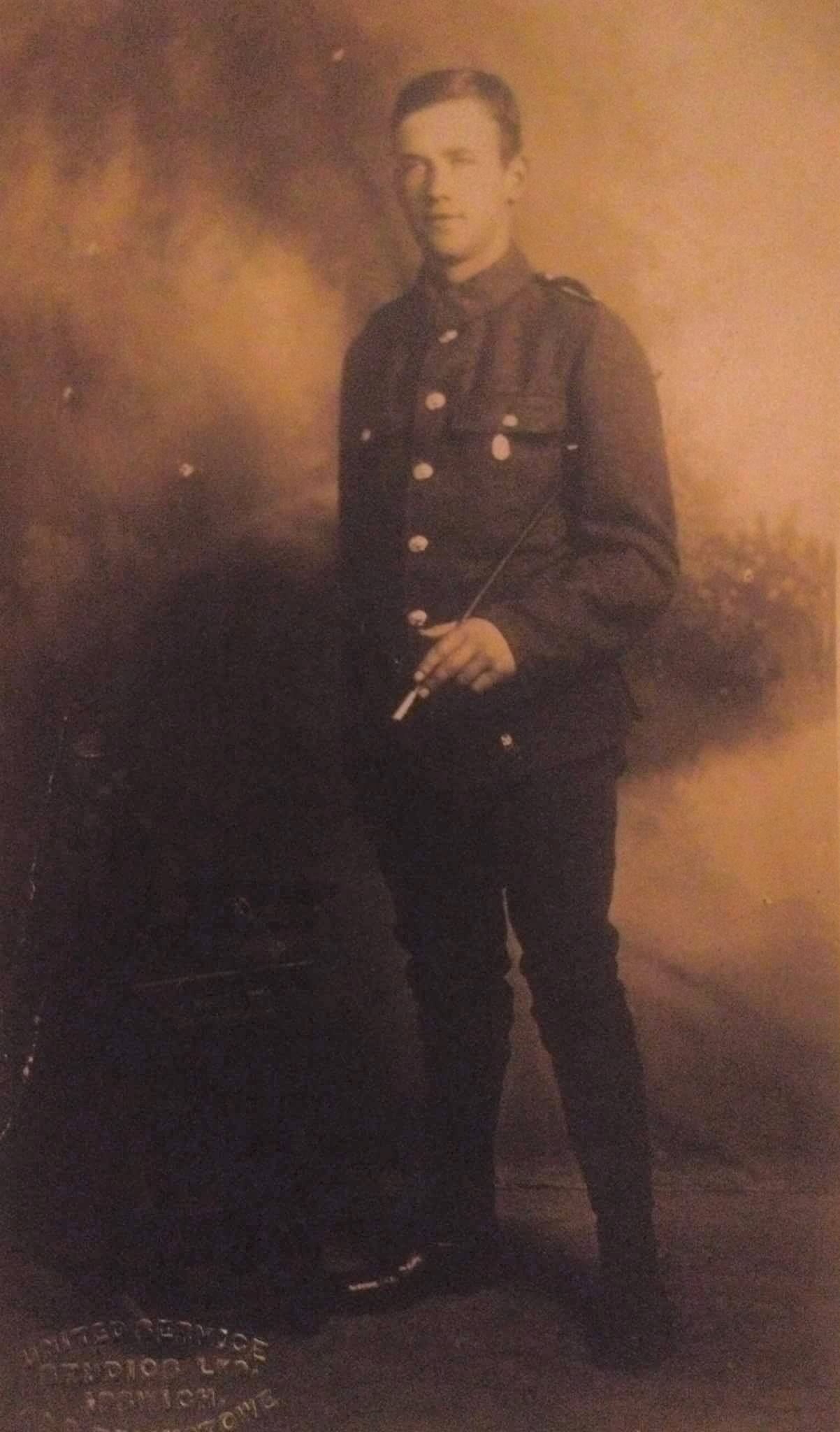
Leave a comment